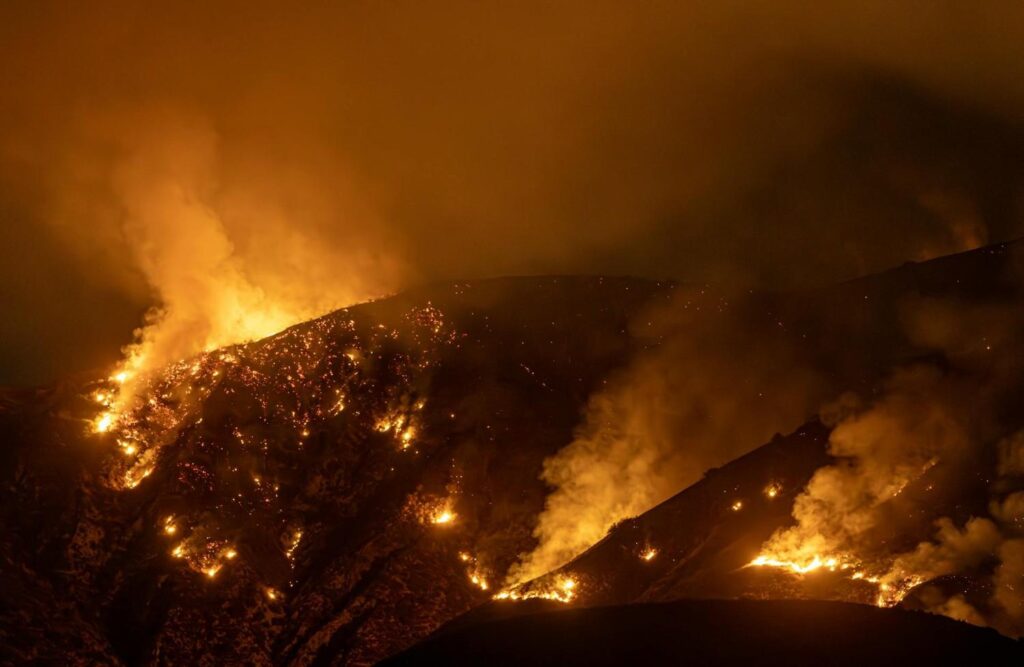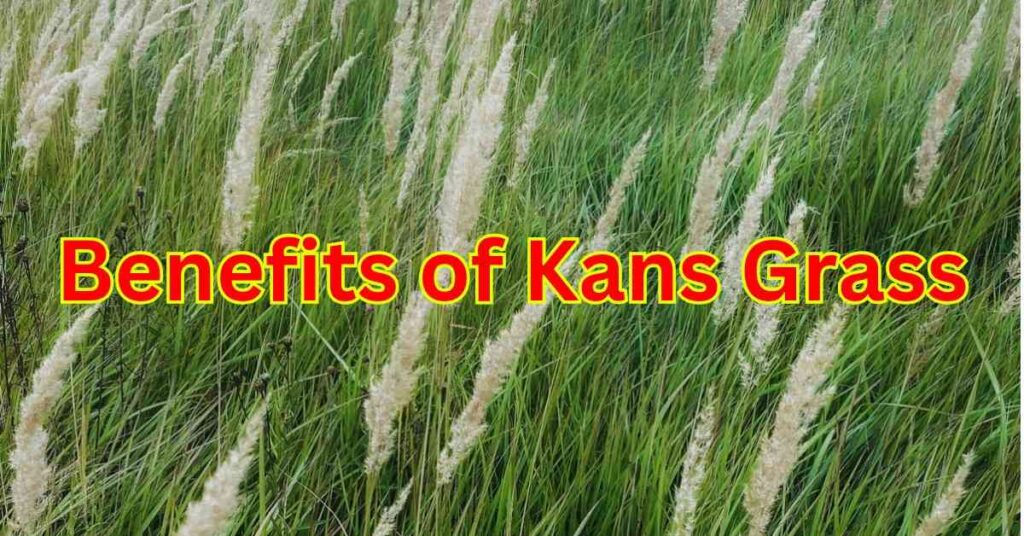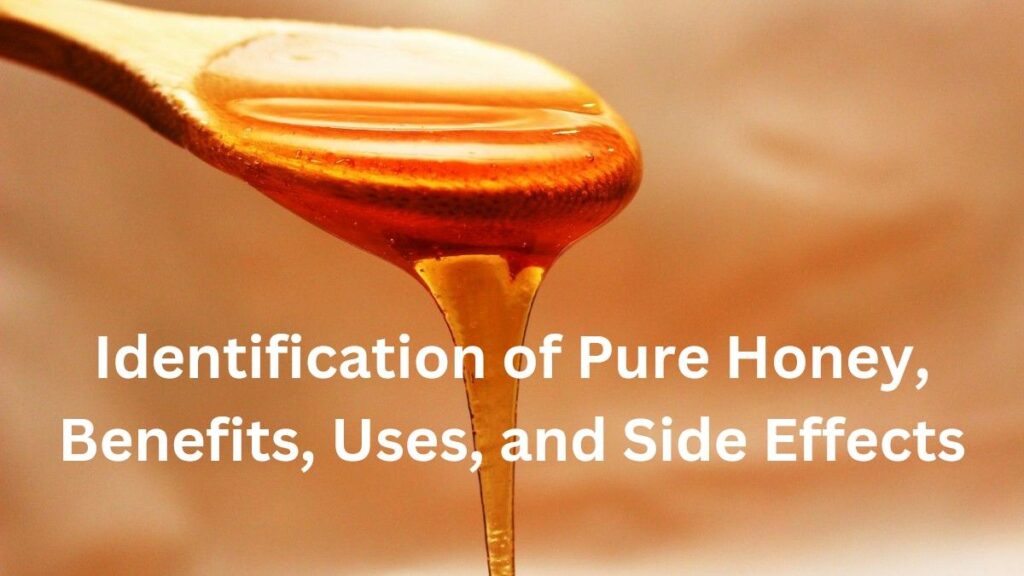Burn Injuries, Wildfire Smoke, and First Aid: Natural Remedies and Health Risks Explained
Wildfires are a recurring disaster, especially in regions like California, where wildfire smoke can cause severe health risks. Among the most common injuries from these fires are burn injuries, which require immediate attention to prevent further complications. Understanding the right first aid for burns is essential to save lives and reduce the severity of these injuries. In addition to the physical harm caused by flames, exposure to harmful smoke can also affect mental well-being, further complicating recovery.
This post will guide you through the key aspects of dealing with burn injuries, the impact of wildfire smoke on health, and how you can use natural remedies for burns to speed up recovery. Whether you are a victim or a caregiver, understanding these steps can make all the difference in providing the proper care during such dangerous situations.
The Harmful Effects of Smoke: Physical and Mental Impact
Physical Damage from Smoke
During wildfires or fires, smoke poses significant health risks, especially to the respiratory and cardiovascular systems.
- Breathing Issues: Smoke particles can enter the lungs, causing breathing difficulties and asthma.
- Carbon Monoxide Poisoning: Smoke contains carbon monoxide, which reduces oxygen levels in the blood.
- Eye and Skin Irritation: Smoke can cause irritation in the eyes and burning sensations on the skin.
- Long-Term Issues: Prolonged exposure to smoke can decrease lung function and lead to chronic lung diseases.
Mental Damage from Smoke
Fires and smoke exposure can lead to psychological stress and anxiety.
- Trauma: The fear of breathing difficulties or losing property during wildfires can create mental stress.
- Memory Impact: Repeated exposure to wildfires can cause long-term psychological challenges.
Preventive Measures
- Use N95 masks when outdoors during wildfires.
- Keep windows closed and air filters running indoors.
- Stay hydrated and drink herbal teas to cleanse the lungs.
Immediate First Aid for Burn Injuries
Prompt action can reduce damage and ensure better recovery from burns.
1.1 Cool the Burned Area
- Immediately rinse the affected area with cool (not cold) water for 10-15 minutes.
- Avoid using ice or very cold water, as it can worsen tissue damage.
1.2 Cover Blisters or Open Wounds
- Use a clean cloth or sterile gauze to cover the burned area.
- Avoid applying ointments or oils directly without consulting a medical professional.
1.3 Relieve Pain
- Over-the-counter pain relievers like ibuprofen or acetaminophen can help. Always follow the dosage instructions.
1.4 Hydrate the Patient
Burn injuries can cause dehydration. Ensure the affected person drinks plenty of water.
Steps to Take in Severe Burn Cases
2.1 Seek Immediate Medical Attention
- Third- or fourth-degree burns (deep tissue damage) require urgent medical care.
- If breathing difficulties occur, treat this as an emergency and call 911 immediately.
2.2 Get a Tetanus Shot
Burn injuries can lead to infections. Ensure a tetanus vaccine is administered if needed.
Natural Remedies for Burn Injuries
For minor burns, natural remedies can complement medical treatment.
3.1 Neem (Indian Lilac)
Neem leaves are natural antiseptics that can help heal burns.
- Make a paste from neem leaves and apply it gently to the wound.
- This helps reduce infection and promotes faster recovery.
3.2 Aloe Vera Gel
Aloe vera soothes the skin and reduces irritation.
- Apply fresh aloe vera gel directly to the burned area.
- It helps hydrate the skin and speed up the healing process.
3.3 Coconut Oil and Turmeric Paste
Coconut oil moisturizes, and turmeric has anti-inflammatory properties.
- Mix one teaspoon of coconut oil with a pinch of turmeric powder and apply it to the affected area.
3.4 Honey Application
Honey is a natural antiseptic that aids in burn recovery.
- Gently apply honey to the wound to prevent infection and speed up healing.
Restoring Burned Land or Property
Wildfires are a recurring issue in California, often leaving vast areas scorched. Here’s how to rehabilitate burned land:
- Soil Testing: Assess the soil’s condition to identify nutrient loss.
- Organic Matter: Add compost, mulch, or biochar to restore fertility.
- Erosion Control: Use straw wattles, erosion blankets, or replant native grasses to prevent soil loss.
- Native Plant Restoration: Reintroduce fire-resistant and native plants to the area for long-term sustainability.
- Consult Professionals: Reach out to local environmental agencies for guidance on land recovery.
Post-Burn Care
4.1 Scar Management
- Apply aloe vera gel or vitamin E oil daily to reduce scars.
- Keep the area moisturized to aid recovery.
4.2 Maintain a Healthy Diet
Consume foods rich in vitamins C, E, and zinc to support skin regeneration.
- Include fruits like oranges and berries, green leafy vegetables, and proteins in your meals.
4.3 Get Adequate Rest
Rest is essential for the body to heal naturally. Ensure the affected person gets enough sleep and avoids overexertion.
Conclusion
Burn injuries, whether caused by wildfires or household accidents, can lead to significant physical and emotional trauma. However, taking timely and appropriate actions can significantly reduce the damage. While modern medicine offers rapid treatment for burns, natural remedies for burns, such as aloe vera, neem, and honey, have proven to be highly effective in soothing and healing the skin. In regions affected by wildfires, the impact of wildfire smoke is another critical concern, but with proper care, its effects can be managed. Finally, for land recovery post-wildfires, focusing on soil health and restoring native plants is essential for ensuring long-term ecological benefits. By following the right practices, both individuals and communities can recover faster and thrive despite the challenges posed by fire and smoke.










